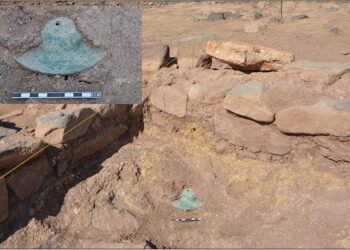The Megalithic Temples of Malta are an archaeological complex located on the Mediterranean archipelago of Malta, which consists of several islands, with Malta being the largest. These ancient temples are among the world’s oldest free-standing stone structures
The temples are renowned for their architectural sophistication, massive stone construction, and the mysterious rituals and beliefs associated with them.
Dating back to the Neolithic period, around 3600 to 2500 BCE, the Megalithic Temples are older than the Pyramids of Egypt and Stonehenge in England.

The temples are characterized by massive stone construction, with some stones weighing several tons. Many temples feature corbelled ceilings, where stones were stacked, creating impressive domes or chambers.
They were constructed by the island’s early inhabitants, a highly organized and innovative society that mastered the art of quarrying, carving, and transporting massive limestone blocks to build these monumental structures.
Some of the key temples within the complex include Ħaġar Qim, Mnajdra, Tarxien, Ggantija, and Ġgantija, which are spread across the islands of Malta and Gozo.

The temples exhibit remarkable architectural features, such as corbelled ceilings, intricate carvings, and altar-like structures, showcasing the advanced engineering and design capabilities of the ancient Maltese people.
The temples are also notable for their alignment with celestial events, like solstices and equinoxes, suggesting that they played a role in religious ceremonies and calendrical rituals. These alignments highlight the cultural significance of celestial observations in the lives of the temple builders.
The purpose of the Megalithic Temples remains a subject of scholarly debate, but they are widely believed to have served as places of worship, community gatherings, and possibly burial sites.
The intricate decorations, including spirals, animal motifs, and goddess figurines, found within these temples suggest a rich religious and artistic tradition. Additionally, evidence of animal sacrifices and offerings has been discovered at some of the sites, indicating a connection to fertility rituals and the veneration of deities associated with agriculture and fertility.

In 1980, the Megalithic Temples of Malta were designated as a UNESCO World Heritage Site due to their outstanding cultural and historical significance.
Today, these temples are open to the public. Efforts have been made to conserve and protect these ancient sites, including the construction of visitor centers and walkways to minimize environmental impact.

























